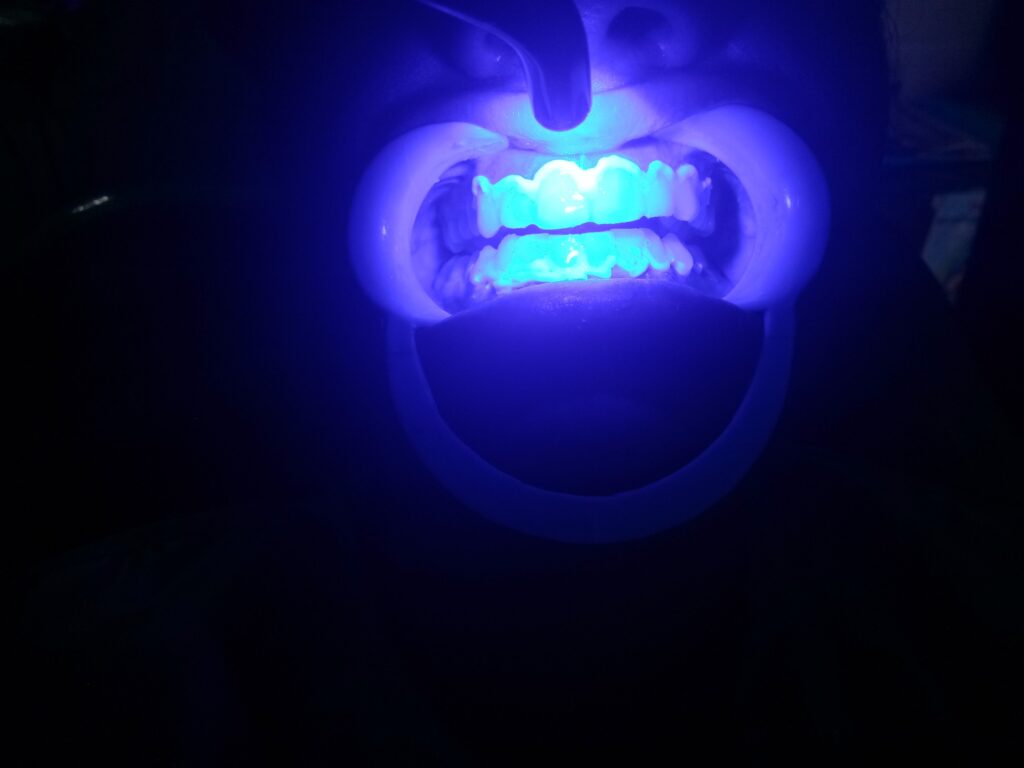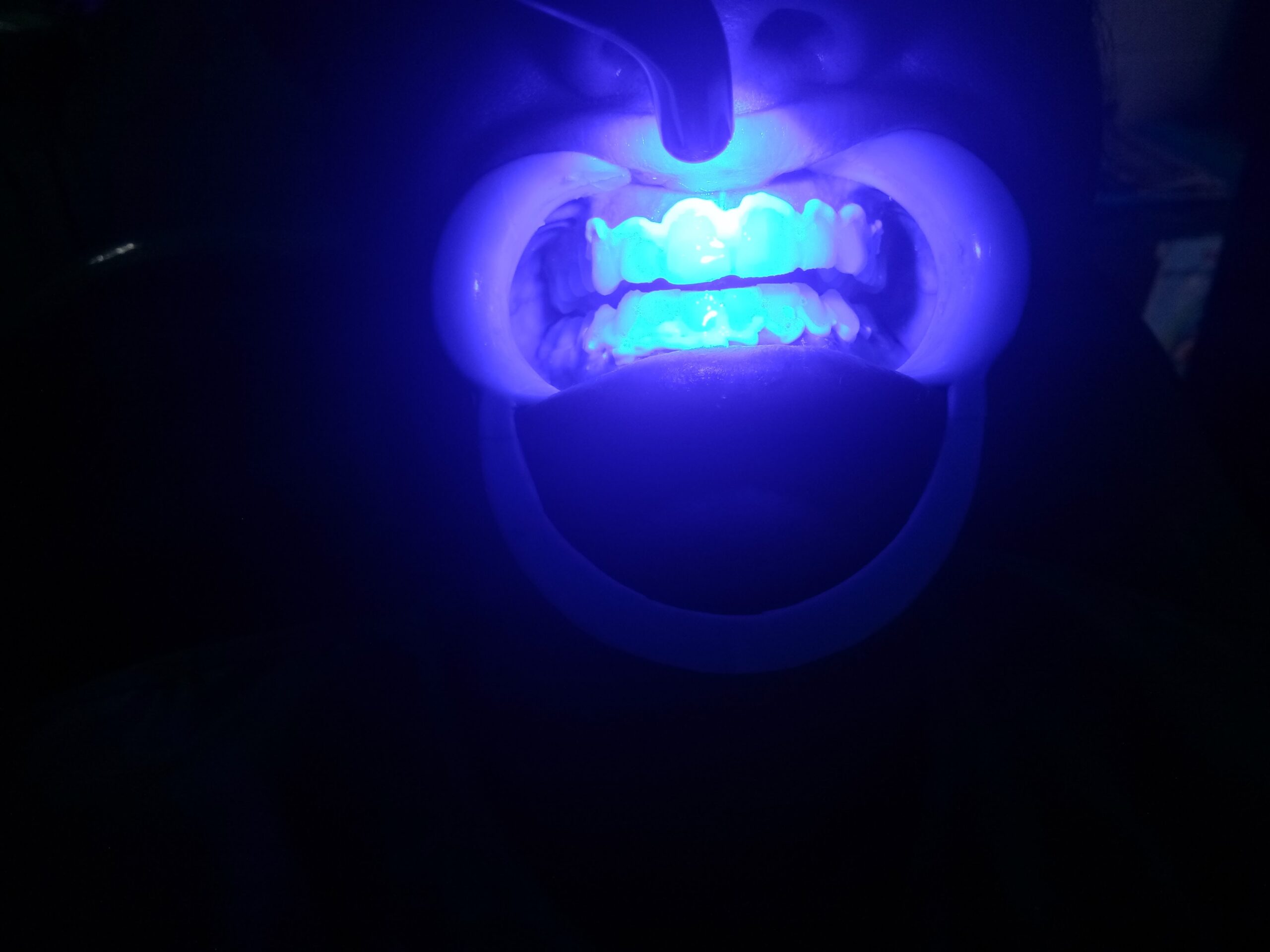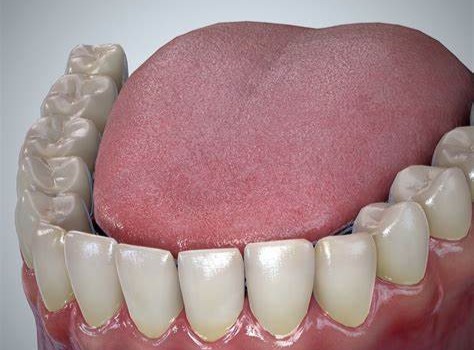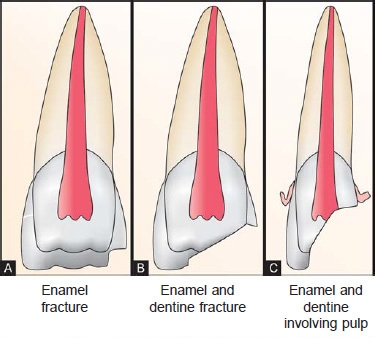Having a brighter, whiter smile can do wonders for our confidence and overall appearance. This is probably the reason why teeth whitening has become one of the most popular cosmetic dental treatments. It is a quick, non-invasive and affordable way to improve the color of our teeth. But before you start your teeth whitening journey, let’s take a closer look at what it is, how it works, what options are available, and what to expect from the treatment.
What is Teeth Whitening?
Teeth whitening is a cosmetic dental treatment that involves the use of bleaching agents to remove stains and discoloration from teeth. It is a safe and effective procedure that can lighten the color of natural teeth by several shades. Teeth whitening does not change the shape or structure of teeth but simply improves their appearance.
What Causes Teeth Staining?
Our teeth can become stained or discolored due to a number of factors, including:
– Age – as we age, our teeth tend to become yellowish due to wear and tear
– Diet – certain foods and drinks can cause staining, like coffee, tea, red wine, and soda
– Smoking – tobacco use can cause unsightly brown stains on teeth
– Genetics – some people are simply born with less white teeth
– Medication – some medications can cause tooth discoloration, such as antibiotics
– Poor oral hygiene – failure to brush and floss properly can lead to plaque buildup and staining
RELATED ARTICLE :- HOW TO REMOVE STAINS FROM TEETH?
RELATED ARTICLE – Polish Your Way to a Radiant Smile: A Comprehensive Guide to Dental Cleaning
How Does Teeth Whitening Work?
Teeth whitening agents work by penetrating the enamel (the outer layer of teeth) and breaking down the stains that have formed inside the tooth. The bleaching agents usually contain hydrogen peroxide or carbamide peroxide, which release oxygen molecules that penetrate the enamel and break down the stains.


What are the available Teeth Whitening Options?
There are several ways to whiten your teeth, including:
– In-office whitening – this is a professional procedure, done by a dentist or dental hygienist using a stronger bleaching agent than what is available in over-the-counter products. The procedure usually takes about an hour and can give immediate results.
– At-home whitening – this option involves using whitening products at home, such as whitening strips, gels, or trays. These products usually contain a lower concentration of bleaching agents and may take a few days or weeks to achieve the desired results.
– Whitening toothpaste – these toothpaste products contain abrasive particles that help remove surface stains but are not effective for deep stains.
– Natural remedies – some people use natural remedies like baking soda, activated charcoal, or coconut oil to whiten their teeth, but their effectiveness is not scientifically proven.
What to Expect During Teeth Whitening?
If you choose to have professional teeth whitening, your dentist will first examine your teeth to make sure they are in good enough condition to undergo the treatment. The procedure begins with a thorough cleaning of the teeth to remove any plaque buildup. Next, the dentist will apply a protective gel or rubber dam to shield the gums from the bleaching agent. The bleaching agent is then applied to the teeth and left on for a specific amount of time.
If you opt for at-home whitening, your dentist will provide you with a custom-made tray that fits your teeth perfectly. You will also receive instructions on how to use the product and how long to leave it on each day. It is essential to follow the instructions carefully to avoid any adverse effects like tooth sensitivity or gum irritation.
In- Office Procedure
The procedure for in-office teeth whitening typically involves the following steps:
1. Consultation:
Before the treatment, the dentist will examine your teeth and discuss your cosmetic goals and expectations. They may take photos of your teeth to monitor the progress and compare before-and-after results.
2. Pre-treatment:
The dentist will clean your teeth to remove any debris, plaque, or tartar. They may also take measures to protect your gum tissue, particularly if you have sensitive gums or enamel.
3. Application of whitening gel:
The dentist will apply a strong whitening gel to your teeth, which contains hydrogen peroxide or carbamide peroxide that bleaches the stains on the surface of your teeth. They may also use a special light or laser to enhance the effectiveness of the gel.
4. Waiting time:
After applying the gel, you will wait for a specific amount of time, usually 15-30 minutes. During this time, you can relax, watch TV, or listen to music.
5. Rinse and reapplication:
The dentist will remove the gel and check the color of your teeth. If necessary, they may reapply the gel and repeat the process for optimal results.
6. Aftercare instructions:
Once the treatment is complete, the dentist will provide you with aftercare instructions, such as avoiding certain foods and drinks, quitting smoking, practicing good oral hygiene, and scheduling regular dental checkups.
Overall, the in-office teeth whitening procedure is safe, quick, and effective, providing immediate results that can last for months or even years with proper care.
COST OF TEETH WHITENING
The cost of teeth whitening can vary depending on several factors such as the type of treatment, the severity of the discoloration, and the location of the dental practice. Here is a breakdown of approximate costs for different types of teeth whitening treatments:
1. In-office teeth whitening: The cost can range from $500 to $1,000, and sometimes more, depending on the location, the dentist, and the extent of the treatment.
2. At-home bleaching trays: The cost can range from $300 to $600, depending on the complexity of the treatment and the quality of the materials.
3. Over-the-counter products: Whitening toothpaste and strips can cost between $20 to $100, while more advanced products such as LED whitening kits typically cost between $100 – $200.
It’s also important to note that some dental insurance plans may cover a portion of the cost of teeth whitening, particularly if it’s for medical reasons rather than cosmetic. It’s best to consult your dental provider and insurance provider for more information.
Is Teeth Whitening safe?
Teeth whitening is generally safe when done correctly and under the supervision of a dental professional. Most side effects are mild and temporary, such as tooth sensitivity or gum irritation, and can be easily managed. However, some risks come with any dental procedures, such as damaging the enamel or worsening existing dental problems.
It is also essential to note that teeth whitening may not be suitable for everyone, such as pregnant or breastfeeding women, children under 16 years, people with sensitive teeth, or those with gum disease or other dental issues.
How To Get Rid Of Sensitivity After Tooth Whitening Or Bleaching?
Conclusion
Teeth whitening is a popular cosmetic dental treatment that can improve the appearance of teeth by several shades. It is a safe and effective procedure that can be done in-office by a dental professional or at home using whitening strips, gels, or trays. However, before you whiten your teeth, it is essential to consult your dentist to ensure your teeth are healthy enough for the procedure and to discuss which whitening option is best for you. With proper care and maintenance, a whiter, brighter smile can be yours to keep for years to come.
FAQs
1. How long does teeth whitening last?
Teeth whitening can last between a few months to a few years, depending on the type of treatment you choose, your lifestyle factors, and how well you take care of your teeth.
2. Is teeth whitening safe?
Yes, teeth whitening is generally safe when performed by a qualified dentist or dental professional. However, overuse or misuse of whitening products can cause enamel damage and tooth sensitivity.
3. How often can you whiten your teeth?
It’s generally recommended to wait at least 6 months before repeating teeth whitening treatment. Overuse of whitening products can lead to enamel damage and tooth sensitivity.
4. Are there any side effects of teeth whitening?
The most common side effects of teeth whitening are tooth sensitivity and gum irritation. These symptoms are usually temporary and can be managed with home remedies or professional treatment.
5. Can all teeth be whitened?
While most teeth can be whitened, some types of staining or discoloration may not be responsive to traditional whitening treatments, such as tetracycline staining or internal tooth discoloration resulting from trauma.
6. Can I whiten my teeth if I have dental restorations?
Teeth whitening can only change the color of natural teeth, not dental restorations like crowns, veneers, or fillings. If you have dental restorations that need to be whitened, consult your dentist for alternative options.
7. Is it possible to over-whiten teeth?
Yes, excessive use of whitening products or overuse of in-office teeth whitening treatments can lead to enamel erosion, increased tooth sensitivity, and gum irritation. It’s best to follow instructions carefully and consult your dentist if you have any concerns.





2 thoughts on “TEETH WHITENING 101: AN ULTIMATE GUIDE TO BRIGHTER, WHITER TEETH”